Air pollution is an invisible but menacing threat to the well-being of India’s population. The quality of the air we breathe has a direct and profound impact on our respiratory health, and in a country where rapid industrialization and urbanization have led to soaring pollution levels, the consequences are alarming.
In this comprehensive article, we will delve into the intricate relationship between air pollution and respiratory diseases in India, shedding light on a crisis that demands our immediate attention and action. While many people may not fully grasp the gravity of this issue, it is crucial to challenge conventional thinking and provoke readers to embrace a new perspective. The intersection of respiratory health, environmental awareness, and sustainable practices presents an opportunity for change and a healthier future.’
Table of Contents
Understanding Air Pollution in India
To comprehend the magnitude of the problem, we must first understand the current state of air pollution in India. India is home to some of the world’s most polluted cities, where factors such as industrial emissions, vehicular exhaust, construction dust, and agricultural practices contribute significantly to the deteriorating air quality.
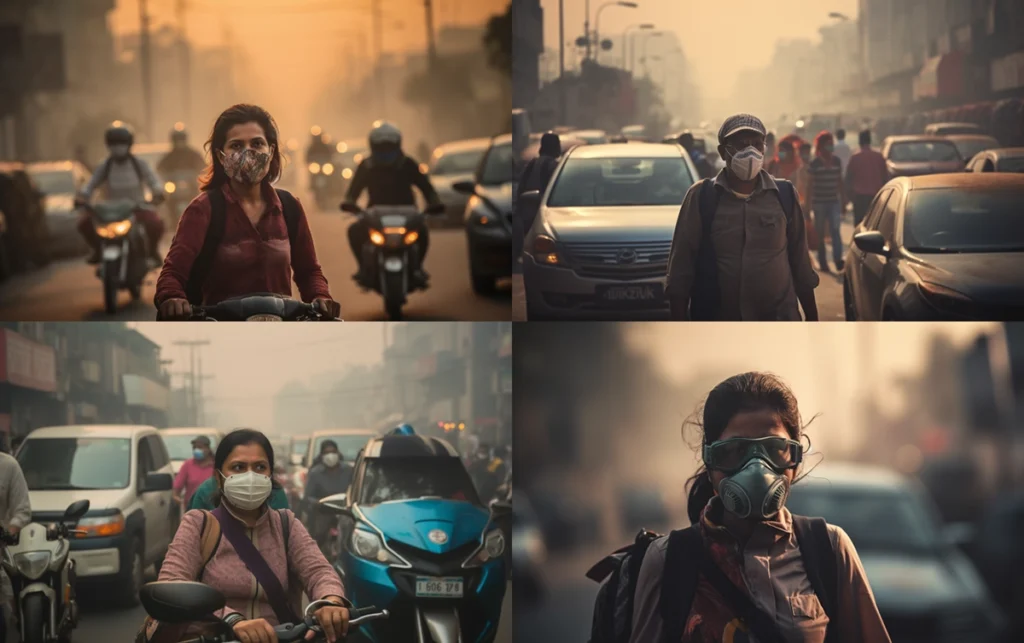
Causes of Air Pollution in India
Industrial Emissions: India’s rapid industrial growth has led to the release of a substantial amount of pollutants into the atmosphere. Factories and manufacturing units are major sources of air contaminants.

Vehicular Exhaust: The proliferation of vehicles, many of which run on fossil fuels, adds to the levels of harmful gases in the air. Traffic congestion exacerbates this problem in urban areas.

Construction and Demolition: The construction industry, although essential for development, generates copious amounts of dust and debris that can become airborne, contributing to air pollution.
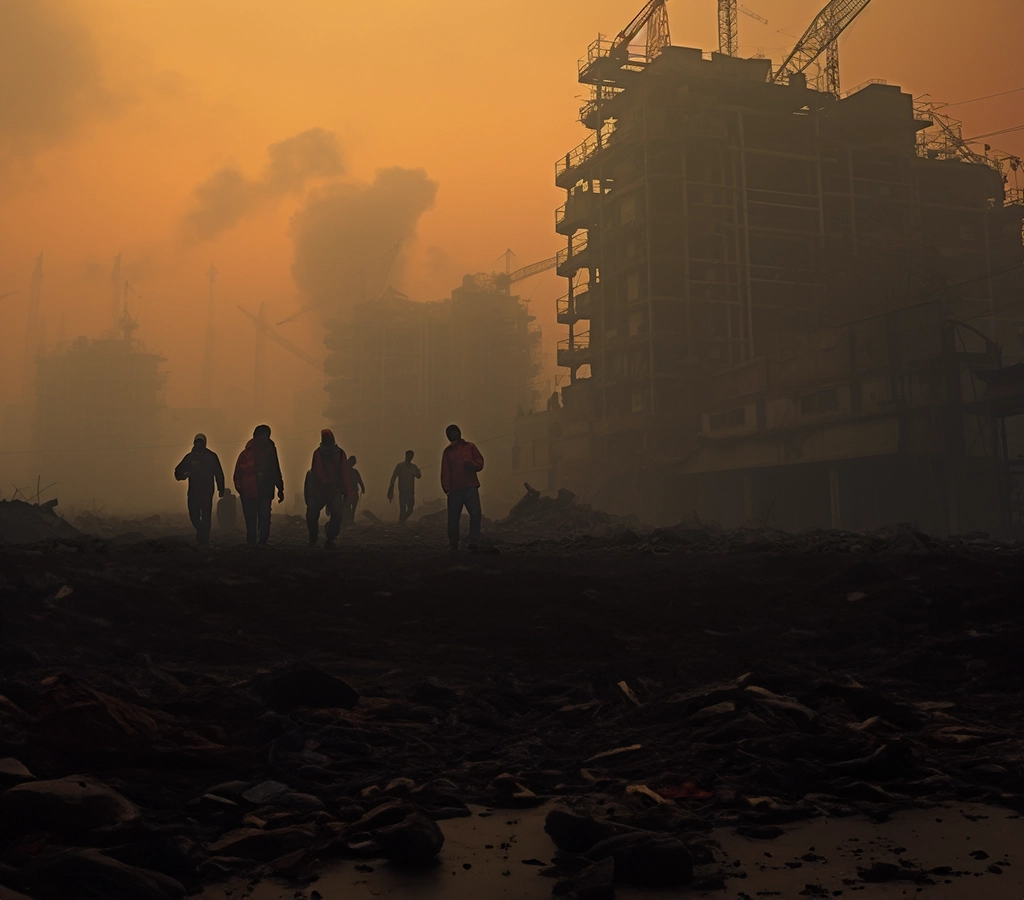
Agricultural Practices: Agricultural activities like crop burning and the use of chemical fertilizers release pollutants into the air, especially during specific seasons.
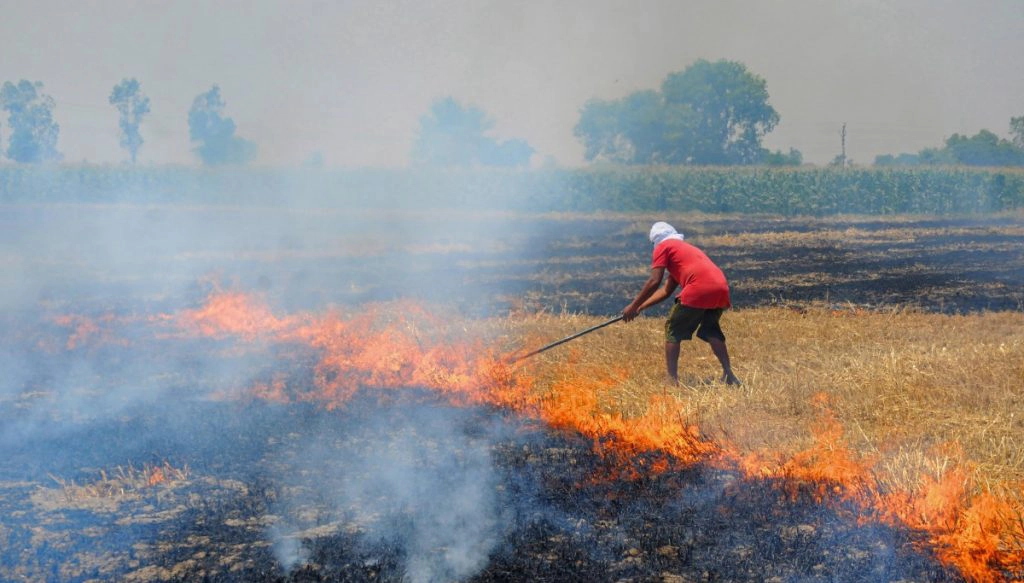
Impact on Public Health
The health effects of breathing polluted air are far-reaching. Air pollution has been linked to a wide range of health issues, with respiratory problems being among the most prominent. The tiny particles and noxious gases in polluted air can penetrate deep into the lungs, causing a variety of health conditions.
The Rising Burden of Respiratory Diseases
As air quality declines, the burden of respiratory diseases in India is on the rise. These diseases affect people of all ages, from children to the elderly, and have become a significant public health concern.
Prevalence of Respiratory Diseases
Asthma
Asthma is a chronic respiratory condition characterized by airway inflammation and narrowing, leading to wheezing, breathlessness, and coughing. In India, the prevalence of asthma has been steadily increasing, affecting millions of individuals, especially in urban areas with high pollution levels.
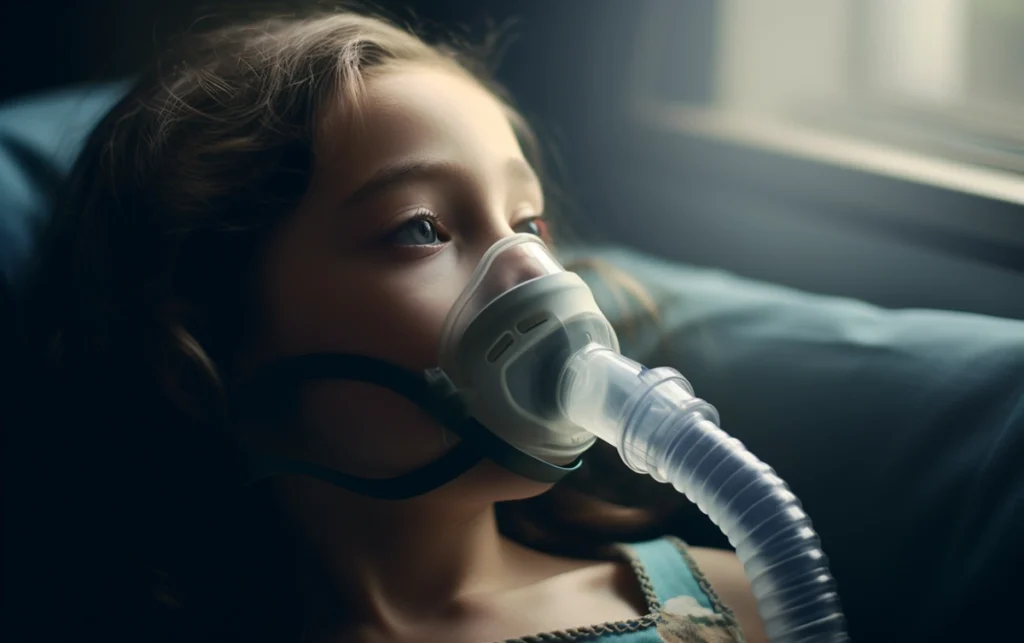
Chronic Obstructive Pulmonary Disease (COPD)
COPD is a progressive lung disease that includes chronic bronchitis and emphysema. It is strongly associated with smoking, but environmental factors, particularly exposure to air pollution, can also contribute to the development and exacerbation of COPD.
Lung Infections
Air pollution weakens the respiratory system’s defenses, making individuals more susceptible to respiratory infections like pneumonia and bronchitis. The particulate matter in the air provides a breeding ground for harmful microorganisms.
Air Pollution and Vulnerable Populations
Certain groups, such as children, the elderly, and individuals with preexisting health conditions, are more vulnerable to the adverse effects of air pollution. Children exposed to air pollution may experience reduced lung growth and development, which can have long-term consequences for their respiratory health.
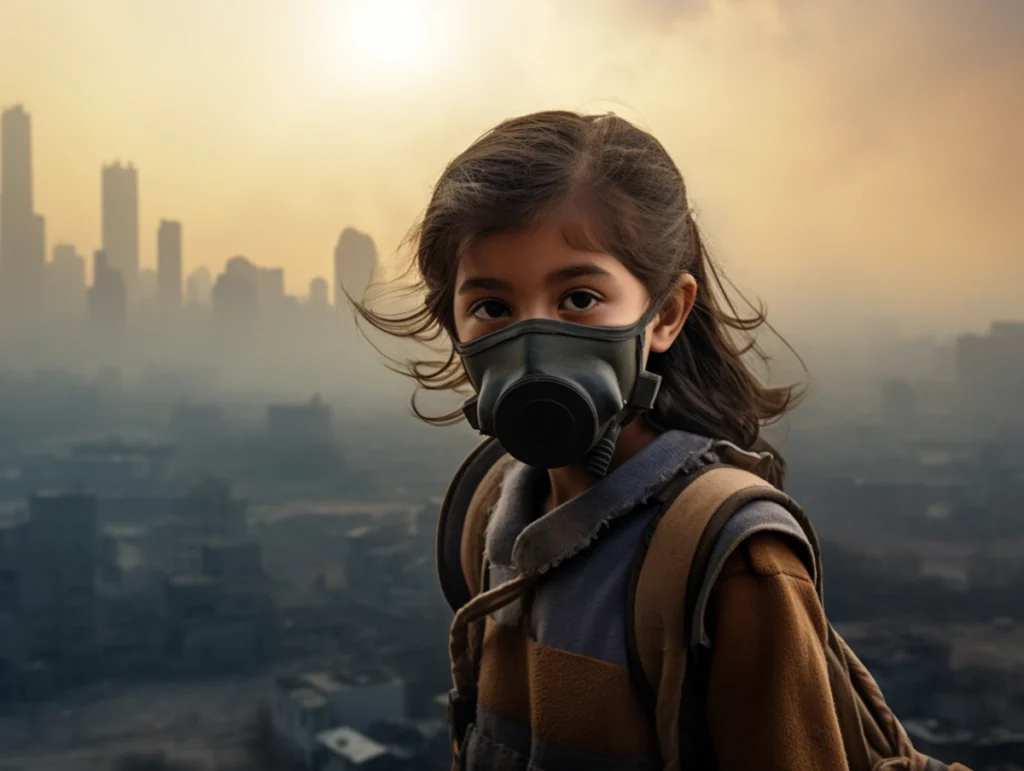
Common Respiratory Diseases in India
To truly understand the impact of air pollution on respiratory health, it’s essential to delve deeper into some of the most common respiratory diseases affecting the Indian population.
Asthma
Understanding Asthma
Asthma is a chronic respiratory condition characterized by inflammation of the airways and bronchoconstriction, resulting in recurrent episodes of wheezing, breathlessness, chest tightness, and coughing. These episodes, often referred to as asthma attacks, can range from mild to severe and, in some cases, be life-threatening.
Air Pollution and Asthma
In India, the prevalence of asthma has been steadily increasing. It is often exacerbated by exposure to air pollutants. Airborne particulate matter, especially fine particles known as PM2.5, can trigger asthma attacks and worsen the symptoms of those living with the condition.
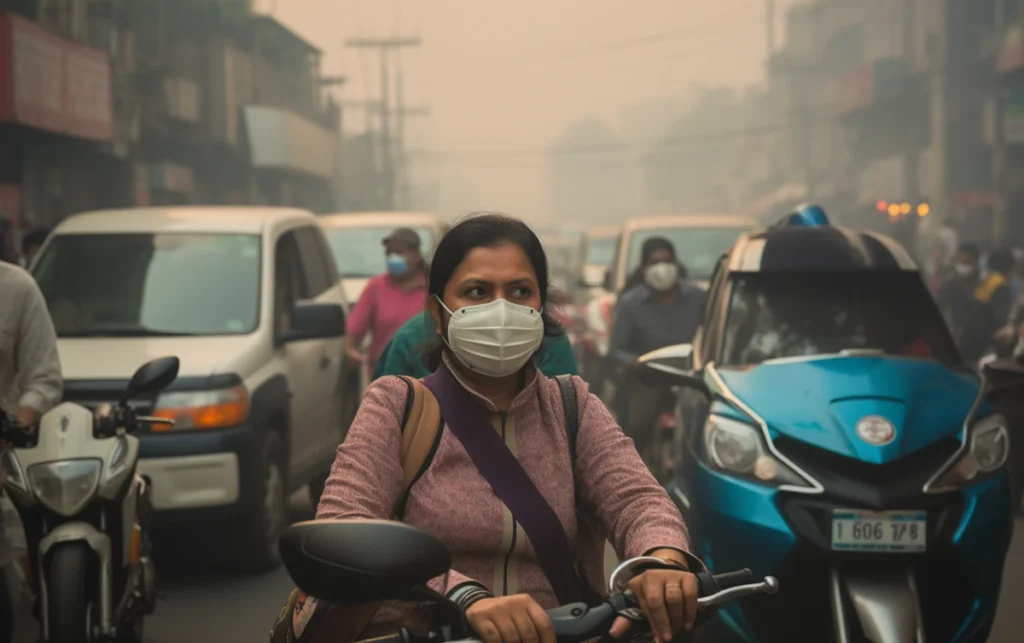
Preventing and Managing Asthma
Managing asthma in a polluted environment requires a multi-faceted approach. Patients are advised to take their prescribed medications regularly, identify and avoid triggers, and stay informed about air quality in their region.
Chronic Obstructive Pulmonary Disease (COPD)
Understanding COPD
COPD is a progressive lung disease that encompasses chronic bronchitis and emphysema. It is characterized by airflow limitation and persistent respiratory symptoms. Smoking is a well-known risk factor for COPD, but exposure to environmental pollutants, especially indoor and outdoor air pollution, can also contribute to the development and progression of the disease.
Air Pollution and COPD
The link between air pollution and COPD is undeniable. Long-term exposure to air pollutants can lead to chronic bronchitis, worsen existing symptoms of emphysema, and accelerate the decline in lung function.
Managing COPD in a Polluted Environment
For individuals living with COPD, it’s vital to reduce exposure to air pollutants. This includes staying indoors on days of poor air quality, using air purifiers, and following prescribed treatments and therapies.
Lung Infections
Respiratory Infections and Air Pollution
Air pollution weakens the respiratory system’s defenses, making individuals more susceptible to respiratory infections. The particulate matter in the air serves as a breeding ground for harmful microorganisms. Respiratory infections, such as pneumonia and bronchitis, can range from mild to severe and may require hospitalization.
Preventing Respiratory Infections
Preventing respiratory infections involves a combination of personal hygiene, vaccination, and minimizing exposure to polluted air. Good hand hygiene, especially during flu seasons, is crucial in reducing the risk of infection.
Environmental Awareness and the Call for Change
The current scenario regarding air pollution and respiratory diseases in India demands a collective awakening. Environmental awareness plays a vital role in fostering change and mitigating the impact of air pollution.
Understanding Environmental Awareness
Environmental awareness is the recognition of the delicate balance between human activity and the environment. It involves an understanding of how our actions affect the planet, including the air we breathe.
The Importance of Environmental Education
Educating the public about the consequences of air pollution and the steps that can be taken to mitigate it is essential. This education should begin in schools and continue through community initiatives and government programs.

Advocating for Sustainable Practices
Sustainability is the key to mitigating air pollution. Sustainable practices encompass reducing waste, conserving energy, using renewable resources, and protecting ecosystems. Embracing sustainability can significantly reduce the emission of pollutants.
Clean Air Initiatives and Pollution Control Measures
To combat air pollution in India, numerous initiatives and measures have been implemented at both the government and community levels. These efforts aim to improve air quality and reduce the burden of respiratory diseases.

Government Policies and Regulations
Air Quality Standards
The government has set air quality standards and regulations to limit the concentration of harmful pollutants in the air. These standards serve as a benchmark for industrial emissions and vehicle emissions.
Emission Control Measures
Emission control measures include regulations that require industries to reduce their emissions and adopt cleaner technologies. Additionally, vehicle emissions standards have been tightened to reduce the pollution caused by transportation.
Community-Based Efforts
Urban Planning
Cities are focusing on better urban planning, including the development of green spaces, promoting public transportation, and reducing congestion through measures like odd-even traffic regulations.
Awareness Campaigns
Community-based awareness campaigns are educating the public about the health risks associated with air pollution and advocating for clean air practices.
Green Living for Respiratory Health
Embracing a green and eco-friendly lifestyle is not only beneficial for the environment but also for respiratory health. Making conscious choices in daily life can significantly reduce exposure to harmful air pollutants.

Eco-Friendly Transportation
Opting for eco-friendly transportation options such as walking, cycling, or using electric vehicles can reduce the release of pollutants into the atmosphere.
Indoor Air Quality
Improving indoor air quality is essential, as we spend a significant portion of our time indoors. This can be achieved through the use of air purifiers, houseplants that act as natural air purifiers, and proper ventilation.
Waste Management
Proper waste management, including recycling and reducing single-use plastics, can help reduce environmental pollution and its impact on respiratory health.
Sustainable Practices for Health and Wellness
Sustainability is not limited to environmental practices; it also extends to health and wellness. Adopting sustainable habits can help individuals protect their health and minimize their exposure to air pollution.
Balanced Diet and Nutrition
Consuming a balanced diet rich in antioxidants and essential nutrients can help strengthen the immune system, making it more resilient to the effects of air pollution.
Physical Activity and Exercise
Regular physical activity can improve lung function and overall respiratory health. Engaging in outdoor activities, however, should be done in areas with good air quality.

Mindfulness and Stress Reduction
Stress can exacerbate respiratory conditions. Practices like mindfulness and stress reduction techniques can help individuals better manage their health.

Personal Stories of Resilience
Amid the challenges posed by air pollution and the prevalence of respiratory diseases in India, there are inspiring stories of individuals who have battled these conditions and emerged stronger. These stories serve as a beacon of hope and resilience in the face of adversity.
Real-Life Testimonials
Sharing the personal experiences of individuals who have successfully managed respiratory diseases in the midst of air pollution can inspire others to take charge of their health.
Community Support
Communities coming together to support individuals with respiratory conditions can create a network of care and understanding. This community support is invaluable in the journey to better respiratory health.
Conclusion
In conclusion, the invisible threat of air pollution in India and its link to respiratory diseases is a complex and urgent issue. The deteriorating air quality poses a significant risk to public health, particularly in densely populated urban areas. However, by raising environmental awareness, advocating for sustainable practices, and embracing green living, we can mitigate the impact of air pollution and protect our respiratory health.
It is crucial to challenge conventional thinking and provoke readers to embrace a new perspective on the environment, health, and wellness. The journey to combat the invisible threat is not easy, but it is one worth taking for a healthier and more sustainable future. The time for change is now, and it begins with each one of us, making conscious choices that contribute to cleaner air and better respiratory health for all.
Frequently Asked Questions (FAQs)
1. What are the main sources of air pollution in India?
The primary sources of air pollution in India include industrial emissions, vehicular exhaust, construction dust, and certain agricultural practices like crop burning and the use of chemical fertilizers.
2. How does air pollution affect respiratory health?
Air pollution can lead to a range of respiratory problems, including asthma, chronic obstructive pulmonary disease (COPD), and an increased risk of lung infections. The tiny particles and noxious gases in polluted air can penetrate deep into the lungs, causing inflammation and damage.
3. What can individuals do to protect themselves from the effects of air pollution?
Individuals can take several steps to protect themselves, including staying informed about local air quality, reducing outdoor activities on days with poor air quality, using air purifiers indoors, and wearing masks in highly polluted areas.
4. How can I contribute to reducing air pollution and improving air quality in my community?
You can contribute by advocating for clean air initiatives, promoting sustainable practices, and participating in community-based awareness campaigns. Supporting green transportation, reducing waste, and planting trees are also effective ways to combat air pollution.
5. What is the role of government policies in addressing air pollution in India?
Government policies play a crucial role in controlling air pollution. These policies include setting air quality standards, regulating emissions from industries and vehicles, and promoting sustainable urban planning to reduce pollution sources.
6. Are children more vulnerable to the effects of air pollution?
Yes, children are more vulnerable to the adverse effects of air pollution. Exposure to polluted air can lead to reduced lung growth and development in children, which can have long-term consequences for their respiratory health.
7. Can sustainable practices and a green lifestyle really make a difference in reducing exposure to air pollution?
Yes, adopting sustainable practices and a green lifestyle can significantly reduce exposure to air pollution. Choices like using eco-friendly transportation, improving indoor air quality, and practicing waste management can make a positive impact on both personal health and the environment.
8. Are there any success stories of individuals who have overcome respiratory diseases in polluted environments?
Yes, there are numerous success stories of individuals who have successfully managed respiratory diseases in polluted environments. These stories serve as a source of inspiration and motivation for others facing similar challenges.
9. How can I get involved in community support for individuals with respiratory conditions?
You can get involved in community support by participating in local health and wellness organizations, volunteering at healthcare facilities, or joining online support groups. Engaging in community support can create a network of care and understanding for individuals with respiratory conditions.
10. What is the key message for readers of this article?
The key message is to raise awareness about the impact of air pollution on respiratory health, advocate for sustainable practices and environmental awareness, and encourage readers to make conscious choices that contribute to cleaner air and better respiratory health for all. The time for change is now, and it begins with each individual.

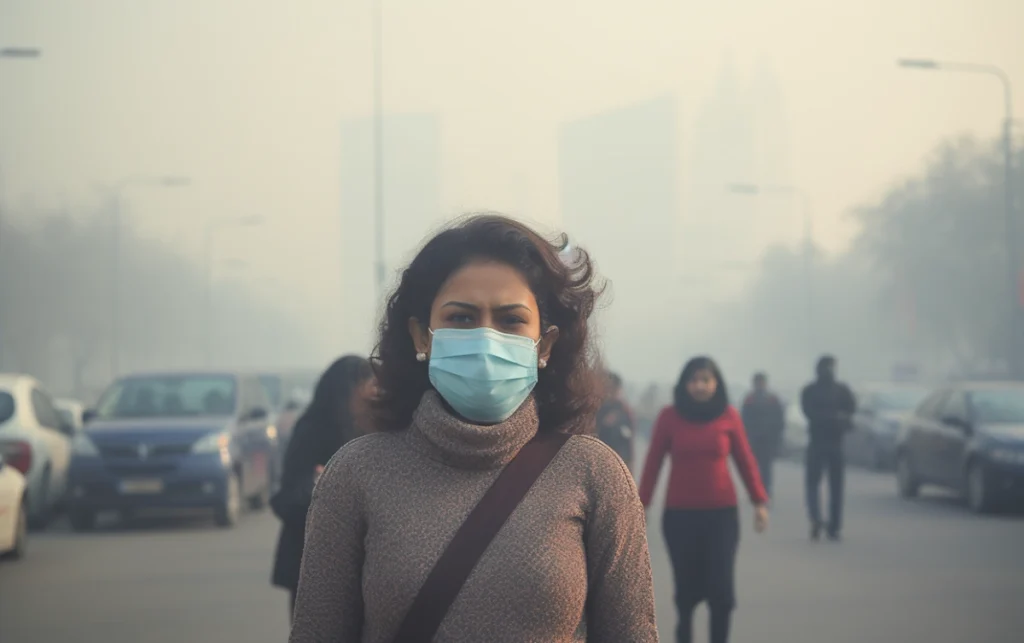

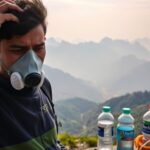




1 thought on “The Invisible Threat: Respiratory Diseases and Air Pollution in India”